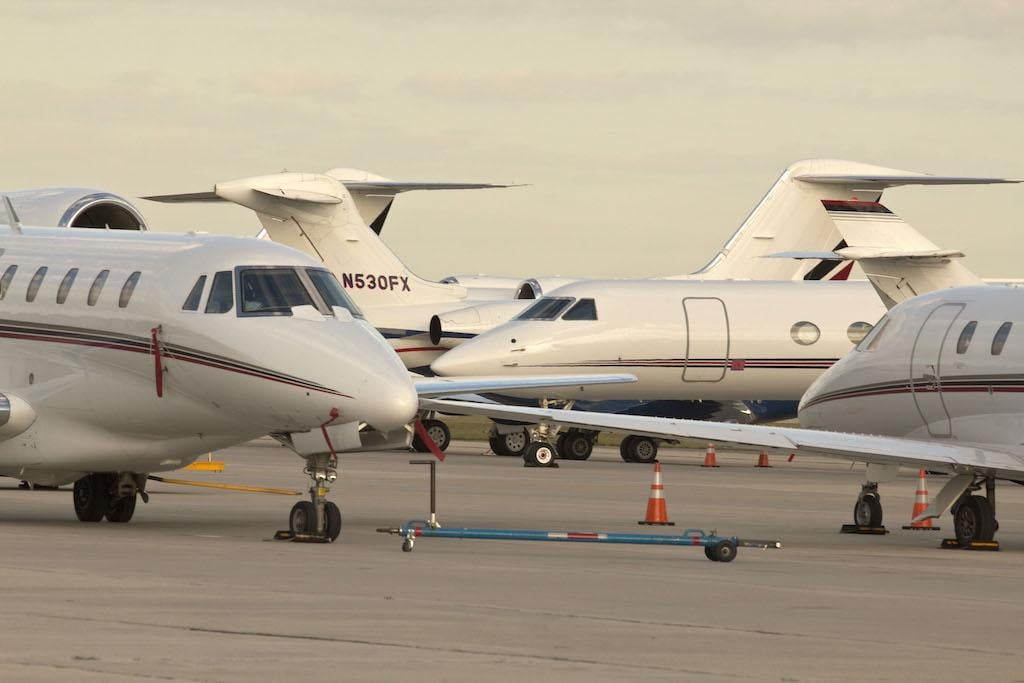
For more than 40 years, aircraft owners have had the choice to register their aircraft in trusts based in the United States, either because they want a layer of privacy, or because they don’t meet the statutory definition of “citizen of the U.S.” (which excludes a number of companies that consider themselves American). Another reason to do so is because the U.S. is the biggest aircraft market in the world, and foreign companies want to keep their aircraft maintained to U.S. standards.
The owner trust registration option has come under fire from time-to-time over the years. In 2012, the FAA conducted public meetings to discuss whether the owner trusts regulations should change. The industry overwhelmingly responded that no change was needed.
In 2022, the news headlines are: “Rich oligarchs with private jets may be able to evade a U.S. ban on Russian planes” and “FAA records on foreign owners of U.S.-registered planes are often incomplete, creating national security risks.”
If anyone believes that the FAA Aircraft Registry creates national security risks, there is a simple solution: Jack Sweeney, the now notorious “teen monitoring Elon Musk’s private jet and tracking Gates, Bezos and Drake too.” The 19-year-old Sweeney is now publicizing the travels of Russian oligarchs as well.
It is important for companies that assume that they meet U.S. registration requirements to understand the registration requirements. By statute, a corporate “citizen of the U.S.” in aviation terms means:
- 1) A corporation or association organized under the laws of the U.S. or a state, the District of Columbia, or a territory or possession of the U.S.,
- 2) Of which the president
- 3) And at least two-thirds of the board of directors and other managing officers are citizens of the U.S.,
- 4) Which is under the actual control of citizens of the U.S., and
- 5) In which at least 75% of the voting interest is owned or controlled by persons that are citizens of the U.S.
As interpreted by the FAA, there are several typical corporate structures that require additional paperwork to obtain an “N number.”
As companies continue to grow globally, airplanes that were eligible for registration when purchased can lose that status when ownership or management of the company shifts off-shore.
A partnership that includes a corporation among the partners (a typical structure), is also ineligible for registration according to the FAA, unless additional paperwork is submitted.
However, the FAA will allow aircraft owned by foreign corporations or partnerships that include corporations to register their aircraft by transferring the aircraft title to a U.S. citizen that acts as trustee. “Owner” trusts effectively solve most registration problems, but it is a process that requires advance preparation by legal counsel and is subject to approval by the FAA. And, despite complaints about “transparency,” these trusts are recorded at the FAA Registry and can be obtained by ordering the registration file for an aircraft.
U.S. corporations that do not qualify as “citizens” because of ownership and control have two options in addition to transferring the aircraft to an owner trust. They can execute a “voting trust” or comply with the “based and primarily used” rules.
The voting trust solution allows a U.S. corporation that does not qualify as a citizen due to some manner of foreign ownership/control to submit a trust document that assures that the trustee is a U.S. citizen and will be independent of the foreign influence.
Certain corporations that do not qualify as a citizen due to some manner of foreign ownership/control may also choose to submit a report to the Registry every six months to show that the aircraft was based and primarily used in the United States. If the aircraft is used exclusively in the United States, the report may simply state that without detailing flight hours.
If the aircraft is not used exclusively in the U.S., then the flight hours accumulated within the United States must amount for at least 60% of the total flight hours of the aircraft during the period consisting in the remainder of the registration month, as well as the succeeding six calendar months and each six calendar month period thereafter. Only those flight hours accumulated during nonstop (except for stops in emergencies or for purposes of refueling) flight between two points in the U.S., even if the aircraft is outside of the U.S. during part of the flight, are considered flight hours accumulated within the country. The six month reports must be signed, and the records substantiating aircraft use must be maintained for years after the year in which the flight hours were accumulated.
When planning for a change in aircraft, or a change in ownership of an existing aircraft, the flight department must make inquiries about possible foreign ownership and control weeks in advance of the transaction to ensure that a trust can be prepared and approved by the FAA counsel prior to closing. Financial institutions will sometimes make these inquiries directly with management, but the flight department should not depend on the bank to take care of the problem, because many banks without prior aviation experience are now willing and eager to finance aircraft.
Aircraft owner trusts make it possible for American manufacturers to easily sell aircraft to owners outside of the U.S. These trusts also help U.S. companies that don’t meet antiquated citizenship tests. And, in conjunction with tail number blocking, these trusts help high profile travelers who could use a degree of protection. Elon Musk asked Jack Sweeney to stop publicly tracking Musk’s aircraft, explaining: “I don’t love the idea of being shot by a nutcase.”





